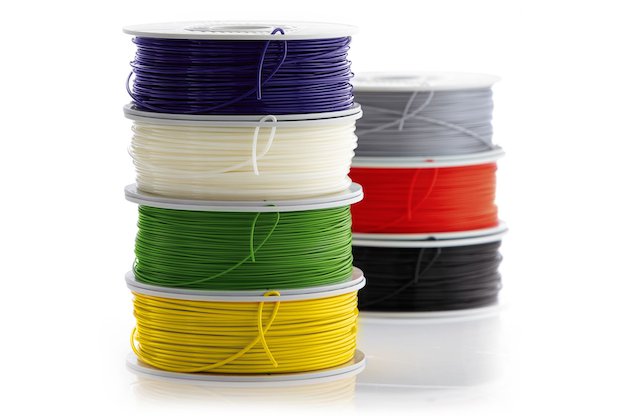3D Printing Materials
3D Printing Materials: A Beginner’s Guide To The World Of 3D Printing

3D Printing Materials | Image Resource : cdn.zortrax.com
Diving into the world of 3D printing can be quite intimidating especially if you are not familiar with the materials that are used for 3D printing purposes. The excitement that we see surrounding 3D printing has been on the increase for the past couple of years. New 3D printers are being developed so that it can print all kinds of material into three-dimensional objects and figurines. When we take a look at the materials that are used for 3D printing there are plenty out there in the market, but understanding the more popular 3D printing materials is not that difficult.
All of the materials that are out there for 3D printing purposes have their own pros and cons and not every material can be used in the production of every kind of material.
All of the materials that are out there for 3D printing purposes have their own pros and cons and not every material can be used in the production of every kind of material.
Top 3D Printing Materials
Like it has been already mentioned that there are plenty 3D printing materials out there and every day new kind of printers are being produced to print all sorts of materials from plastics to composites and concrete to metals and other organic materials of sorts.

3D Printing Materials Suppliers | Image Resource : tctmagazine.com
Here is a list of the top 3D printing materials that are used by most industries.
1. Sintered powder metal: These are mostly used in the printing of injection moulds and other kinds of sacrificial features which help in the acceleration of the designing processes for manufacturing of injection moulding along with casting and lay-up.
2. Metals: Metals like gold, steel, nickel steel, titanium, aluminium etc are printed directly through the process of binding metal dust and then firing it into the hard part. This process alone can replace the post processing stage and turn the material directly into a functional part made of metal which can be machined or electro-polished to finish the items. A very popular example of this process is prototyping.
3. Carbon Fibre: Carbon fibres are largely used in the aeronautics and bicycle industries. This method is quite cost-effective and prints materials that are as strong as metals.
4. Graphene in plastics and carbon nanotubes: When we take a look at a material like graphene we see that the material’s strength and amazing conductivity promises us a greater future in technology. Graphene gives rise to solar panels, flexible touch-screens and of course building up of circuits that are made of extremely tough materials.
5. Nitinol: This is an alloy of titanium and nickel that are being widely used in medical transplants. Nitinol has two amazing properties which include it’s ability to change shape and it’s ability of super-elasticity.
6. Water-absorbing plastics: This is printed with the help of 4D printing process. The fourth dimension refers to the form that the object can take after being printed.
7. Stem cells: These allow for the ability to print organs that can replace a ear, a leg or even a heart for that matter.
8. Conductive Carbomorph: 3D printing materials such as conductive Carbomorph allows for the printing of batteries and circuits that could be built in the plastic parts in order to make devices.
1. Sintered powder metal: These are mostly used in the printing of injection moulds and other kinds of sacrificial features which help in the acceleration of the designing processes for manufacturing of injection moulding along with casting and lay-up.
2. Metals: Metals like gold, steel, nickel steel, titanium, aluminium etc are printed directly through the process of binding metal dust and then firing it into the hard part. This process alone can replace the post processing stage and turn the material directly into a functional part made of metal which can be machined or electro-polished to finish the items. A very popular example of this process is prototyping.
3. Carbon Fibre: Carbon fibres are largely used in the aeronautics and bicycle industries. This method is quite cost-effective and prints materials that are as strong as metals.
4. Graphene in plastics and carbon nanotubes: When we take a look at a material like graphene we see that the material’s strength and amazing conductivity promises us a greater future in technology. Graphene gives rise to solar panels, flexible touch-screens and of course building up of circuits that are made of extremely tough materials.
5. Nitinol: This is an alloy of titanium and nickel that are being widely used in medical transplants. Nitinol has two amazing properties which include it’s ability to change shape and it’s ability of super-elasticity.
6. Water-absorbing plastics: This is printed with the help of 4D printing process. The fourth dimension refers to the form that the object can take after being printed.
7. Stem cells: These allow for the ability to print organs that can replace a ear, a leg or even a heart for that matter.
8. Conductive Carbomorph: 3D printing materials such as conductive Carbomorph allows for the printing of batteries and circuits that could be built in the plastic parts in order to make devices.